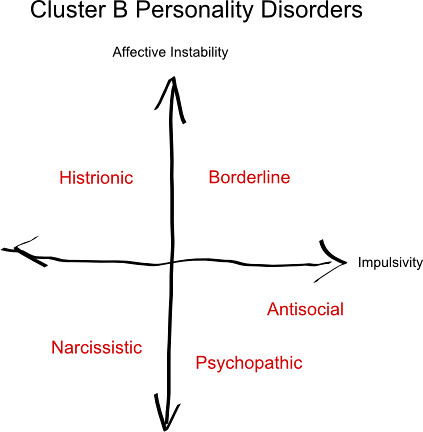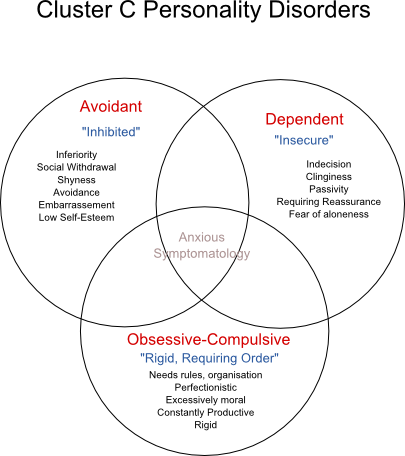From the time we were born until now, we meet different people. From our family or relatives to friends and other people we encounter, we find different personalities in them. Personality refers to enduring patterns of thinking and behavior that define the person and distinguish him or her from other people.
As a psychology student, I am more interested when it comes to understanding one’s own personality. Sometimes, it is not only the type of personality I discover, but the personality disorders a person may have as well. In the Diagnostic Statistical Manual for Mental Disorders (DSM-IV-TR), personality disorders fall into three clusters:
Cluster A includes people who often appear odd or eccentric,
cluster B includes people who often appear dramatic, emotional or erratic,


But, in order to qualify for a personality disorder diagnosis in DSM-IV-TR, a person must fit the general definition of personality disorder (which applies to all 10 subtypes) and must also meet the specific criteria for a particular type of personality disorder.


Walang komento:
Mag-post ng isang Komento